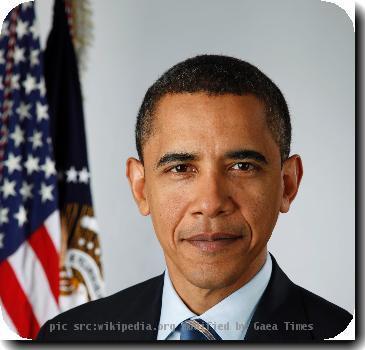More head to school, while Pell Grant program faces $18 billion shortfall
By Libby Quaid, APThursday, December 10, 2009
Tough economy squeezes Pell Grant program
WASHINGTON — An unexpected surge in college enrollment has created an $18 billion shortfall in the Pell Grant program, the biggest in its history.
An administration official told The Associated Press the program will cost $18 billion more than Congress and the White House had anticipated over the next three years. The official, who was not authorized to speak publicly about the budget, spoke on condition of anonymity.
“The administration is working with Congress to fill the gap, and we are committed to making sure the U.S. has an educated work force able to fill the jobs of the 21st century,” said the official.
The red ink probably won’t affect students and parents, but it will affect the federal government, which must find a way to come up with the extra dollars.
Shortfalls and surpluses are common in the Pell Grant program, which forms the foundation for federal college aid. Anyone who is eligible gets a grant, making it difficult for the government to anticipate how many people will apply. Pell Grants typically go to families earning less than $40,000, and about 6.3 million students received Pell Grants last year.
Yet the looming shortfall is the largest in the 36-year history of the program, which has an entire budget of about $18 billion.
Two factors led to the shortfall, said Terry Hartle, lobbyist for the American Council on Education, the leading higher education group in Washington.
First, the bleak job market is driving people back to school. “College enrollment goes up when the economy goes down; it’s been that way ever since the Great Depression,” Hartle said.
Second, Congress boosted the amount of the Pell Grant this year, which made more families eligible for aid. The program’s eligibility formula changes, letting more middle-income families into the program, whenever the grant amount increases.
Lawmakers approved a 13 percent increase in the maximum grant as part of President Barack Obama’s economic stimulus law. That boosted this year’s Pell Grant by about $600 to $5,350. It was a huge increase; the maximum grant has grown on average by less than 6 percent a year.
The chairman of the House Education and Labor Committee, Rep. George Miller, D-Calif., said lawmakers will work together to make sure the program is funded “as we do every year.”
Miller sees a silver lining in the shortfall.
“In this difficult economy, it is good news that more people are going back to school to get the skills they need for in-demand jobs,” he said. “We want to make sure we are doing everything we can to help them in this effort.”
White House Budget Director Peter Orszag and Education Secretary Arne Duncan had a meeting with Miller and other committee chairmen about the shortfall last week.
The Pell Grant program faced a smaller shortfall, about $6 billion, last year.
Hartle said the bottom line will not change for students or their families.
“The good news is, they will get every dime they have been promised,” he said. “It’s bad news for the government because they have to come up with an additional $18 billion. And given the federal budget deficit, how you do that is likely to prove something of a challenge.”
On the Net:
Pell Grant program: www.ed.gov/programs/fpg/
Tags: Barack Obama, Education, Higher Education, North America, United States, Washington

